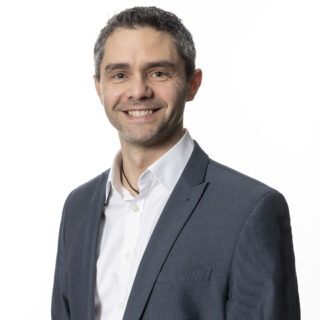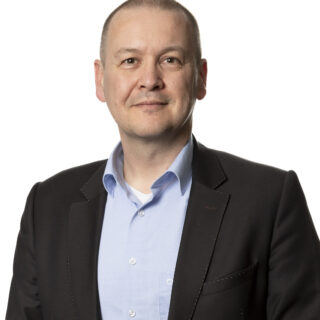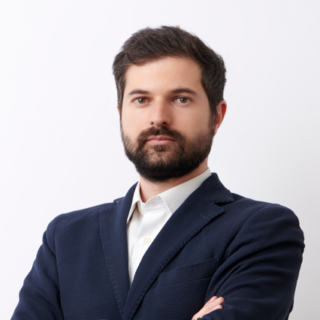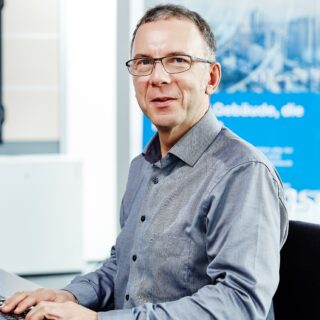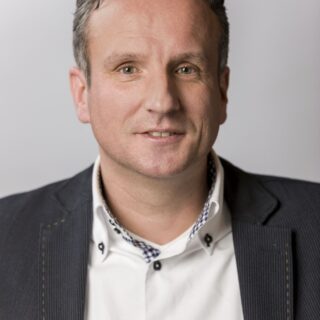
Power grid owners in Europe are seeking solutions to unblock net congestion. In countries where the E-grid is not 100%- government-owned, such as in the Netherlands, one solution is letting business tap into surplus grid energy. Flexible grid access means however that organisations must have clear insights into their current and future energy consumption.
Net congestion has been hindering business expansion plans, delaying sustainability efforts and thereby increasing operational risks for business’ in several EU countries. This is particularly prevalent in regions with high levels of renewable energy generation or industrial activity, where the energy grid is under considerable pressure. A case study in the Netherlands shows that there are creative ways to overcome these constraints and challenges.
New Opportunities to Combat Net Congestion
TenneT for example is providing businesses with grid access through the “Time-Dependent Transport Right” (TDTR) scheme. This initiative offers 9.1 gigawatts (GW) of ‘flexible’ power capacity. Companies will need to learn to manage flexible energy consumption. Rather than receiving fixed capacity companies gain access to surplus capacity on the high-voltage grid. The upside of 85% availability which TenneT guarantees, comes with the downside of short notice – just one day in advance.
Feasibility Studies for Optimal Energy Use
To benefit from the TDTR scheme, organisations must have clear insights into their current and future energy consumption. Deerns is assisting companies by conducting feasibility studies that analyse current energy use and its projected development over time.
" We work closely with the grid operator, ensuring they are involved early in the process to help identify and shape potential solutions.
4 Key Technical Solutions
Advanced software modelling and visualisation of all scenarios enables us to explore viable solutions and assess various technical measures, such as:
- Peak Shaving: Reduces peak loads by temporarily lowering or shifting consumption to less congested periods.
- Battery Systems: Store surplus energy and make it available during peak moments, reducing immediate grid capacity requirements.
- Energy Management Systems (EMS): Continuously monitor and adjust energy consumption for maximum efficiency.
- Multiple Suppliers on One Connection and TDTR: Enables the use of multiple energy suppliers or sources through a single connection, optimising infrastructure use.
Deerns assesses the feasibility, cost, and timeline of these options, ensuring that despite net congestion, organisations can still implement their future plans effectively.
Subsidy Makes Energy Studies Financially Attractive
In order to encourage sustainability and new construction, the Dutch government introduced the Flex-e subsidy designed for organisations with contracted transport capacity of over 100 kW. Our feasibility study qualifies for this subsidy, covering up to 50% of the costs.
We make smart energy solutions feasible and affordable, enabling organisations to grow despite net congestion.



